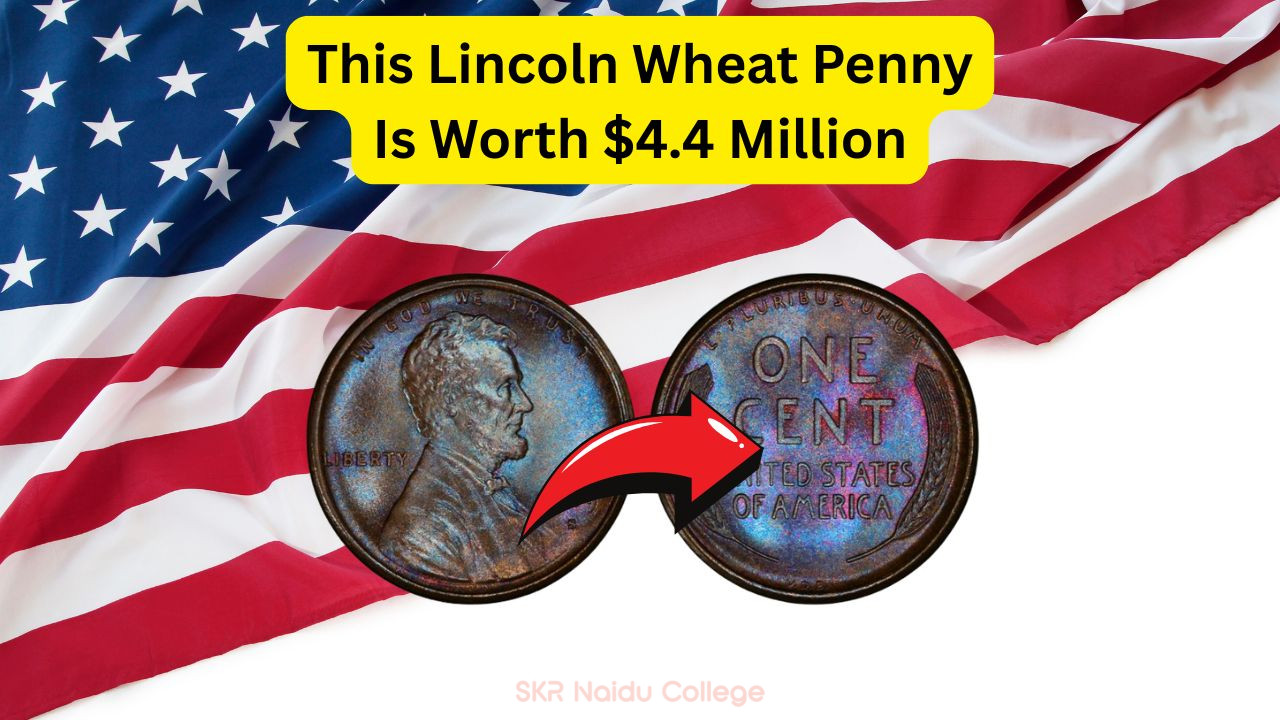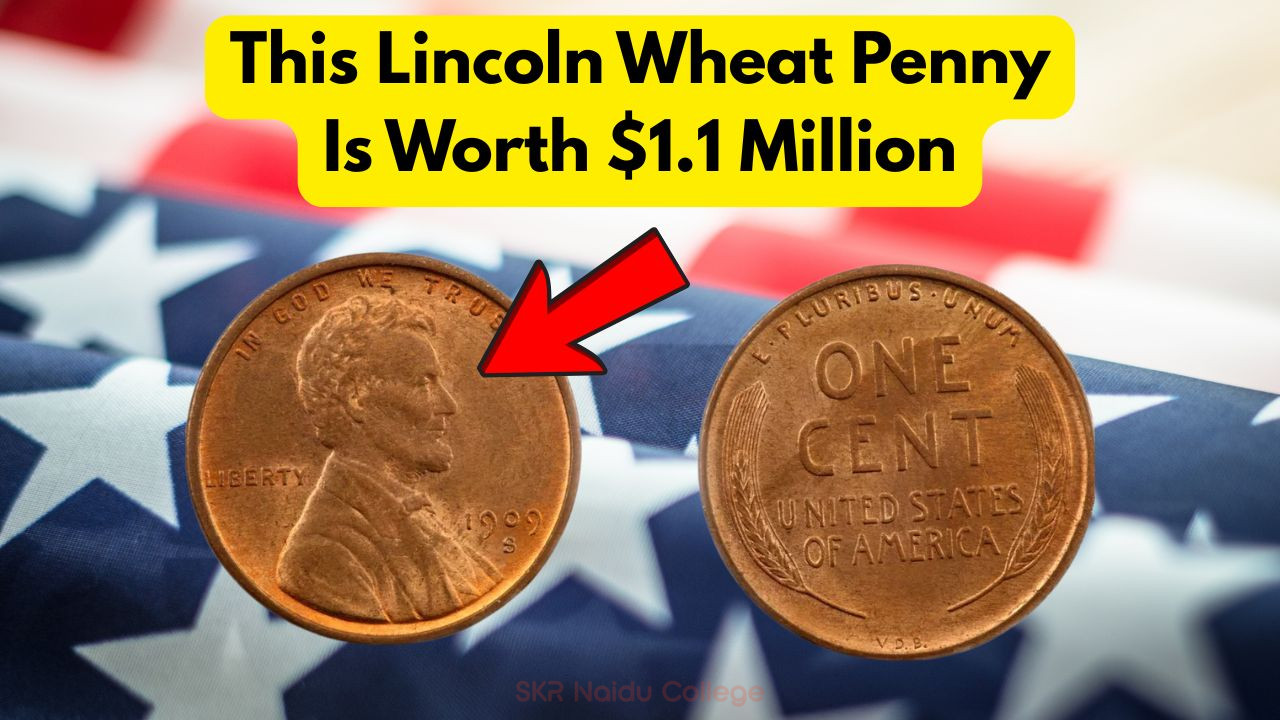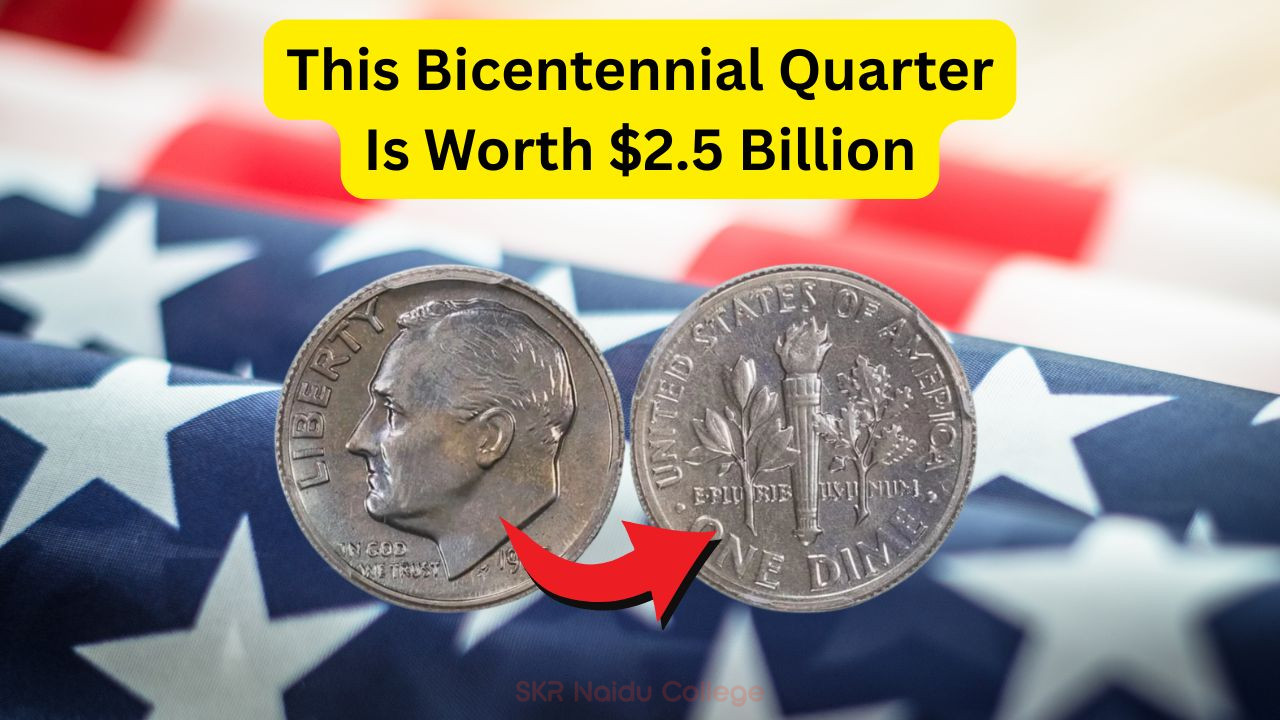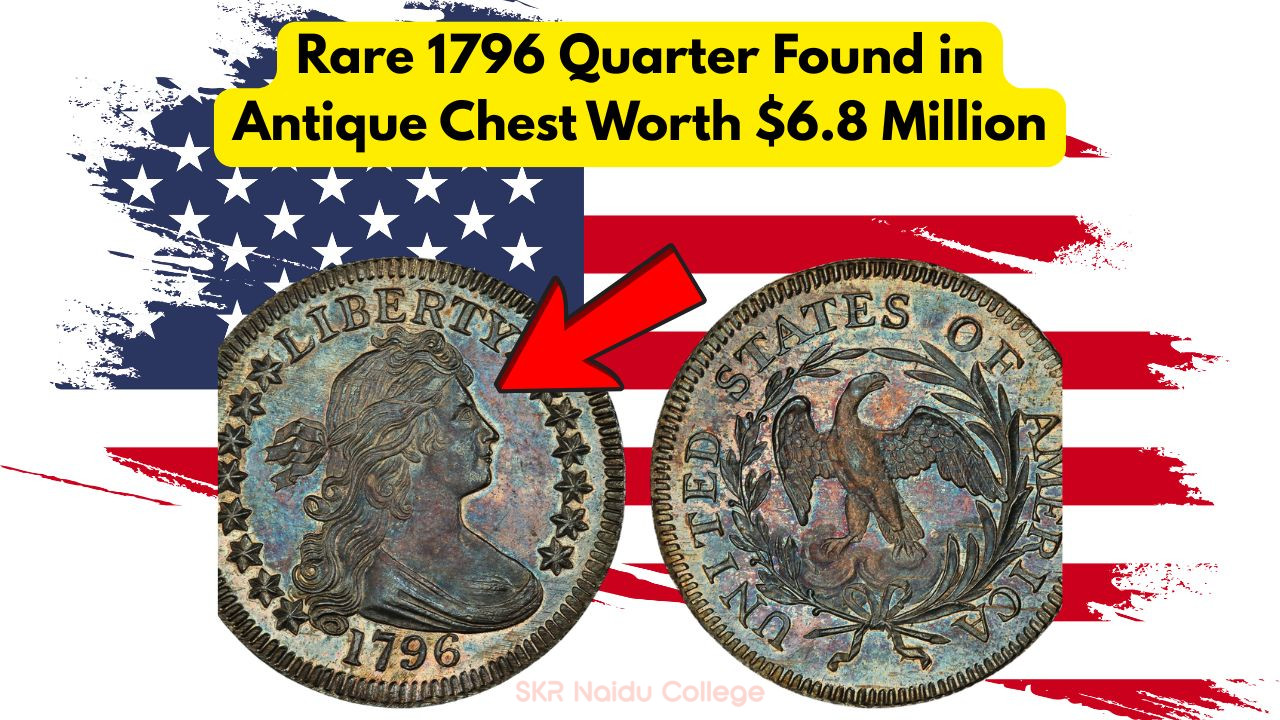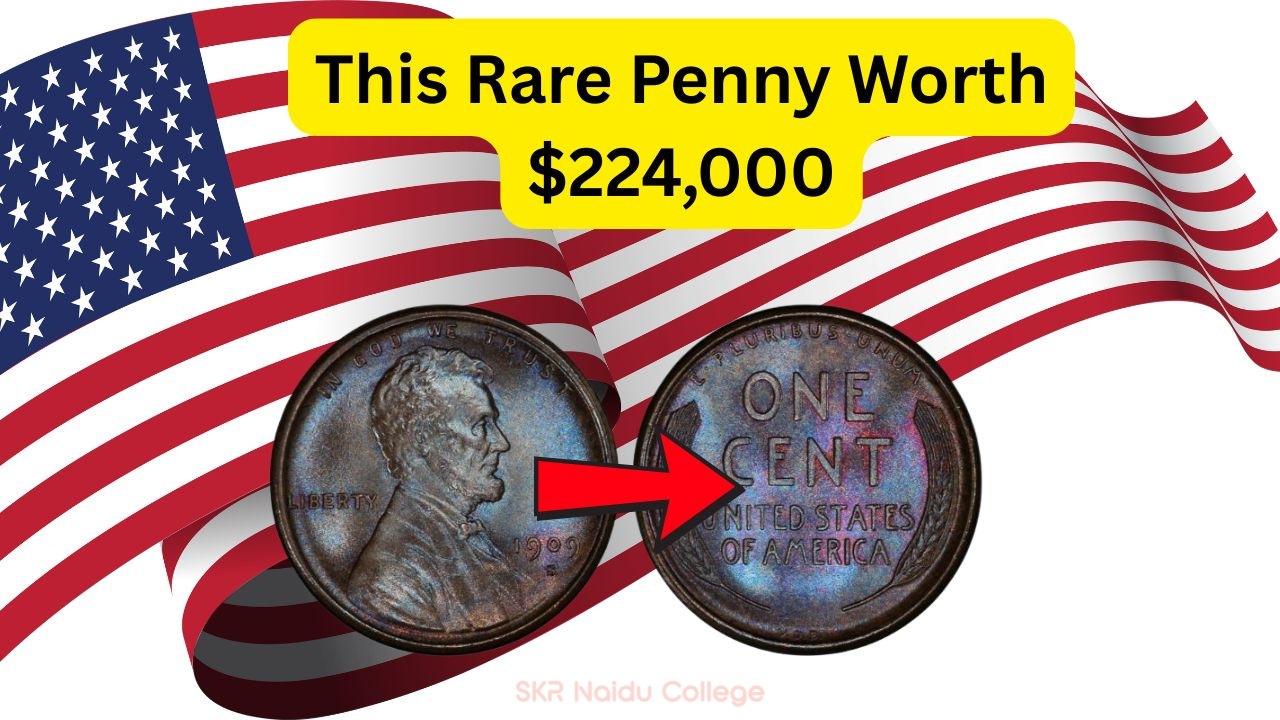Lincoln Wheat Penny
Discover the $33.3 Million Lincoln Wheat Penny
Lincoln Wheat Penny: Numismatics enthusiasts and casual coin collectors alike have been captivated by the legend of the Lincoln Wheat Penny, a coin that has stood the test of time both in its historical value and its monetary worth. With an estimated value of $33.3 million, this penny is a veritable treasure still circulating in the pockets of the unsuspecting public. Its story is one of rarity, historical significance, and sheer intrigue.
- Historical Background
- Design and Features
- Value Factors
- Rarity and Collectibility
- Market Trends
- Investment Potential
- Preservation Tips
History of the Lincoln Wheat Penny
The Lincoln Wheat Penny debuted in 1909, marking the centennial of Abraham Lincoln’s birth. Designed by Victor David Brenner, it was the first U.S. coin to feature a president’s likeness. The obverse showcases Lincoln’s profile, while the reverse displays two wheat stalks encircling the words “ONE CENT,” which is how it earned its name. Originally minted in Philadelphia, Denver, and San Francisco, these pennies have become a focal point for collectors due to their historical significance and unique design.
- First Production
- Design Changes
- Mint Locations
- Material Composition
- Public Reception
- Notable Years
- Discontinuation
Valuation of the Lincoln Wheat Penny
Valuating a Lincoln Wheat Penny is an intricate process, influenced by factors like condition, rarity, and demand. Coins from certain years, such as the 1909-S VDB, are particularly valuable due to their limited minting and unique design elements. Collectors assess these pennies based on their grade, which ranges from “Good” to “Mint State.” The $33.3 million valuation is reserved for the rarest and most pristine examples, often those with a unique historical backstory or provenance.
| Year | Mint | Grade | Value | Rarity | Historical Significance | Material | Special Features |
|---|---|---|---|---|---|---|---|
| 1909 | Philadelphia | Mint State | $33.3 Million | Very Rare | First Year | Copper | VDB Initials |
| 1914 | Denver | Extra Fine | $1,500 | Rare | Low Mintage | Copper | Bold Date |
| 1922 | Denver | About Good | $500 | Uncommon | No Mint Mark | Copper | Weak Strike |
| 1931 | San Francisco | Very Fine | $150 | Rare | Great Depression | Copper | Sharp Detail |
| 1943 | Philadelphia | Good | $20 | Common | Steel Composition | Steel | Zinc Coating |
| 1955 | Philadelphia | Fine | $1,000 | Very Rare | Double Die | Copper | Visible Doubling |
| 1959 | Philadelphia | Very Good | $50 | Common | End of Wheat Design | Copper | Design Transition |
| 1974 | Denver | Uncirculated | $10 | Common | Last Production | Copper | Mint Luster |
Collecting the Lincoln Wheat Penny
For collectors, the Lincoln Wheat Penny holds a special allure. Building a complete set requires patience and dedication, often becoming a lifelong pursuit. The thrill of finding a rare penny in circulation, or acquiring a pristine example at auction, fuels the passion of numismatics. Collectors often focus on specific years or mint marks, seeking to complete their collections with only the finest examples. The coin’s enduring popularity ensures that the market remains vibrant, with new collectors entering the fray regularly.
| Collection Type | Difficulty | Average Cost | Time Investment | Potential Value | Rarity Focus |
|---|---|---|---|---|---|
| Complete Set | High | $50,000 | 5+ Years | $100,000+ | All Years |
| Key Dates | Medium | $20,000 | 2-3 Years | $50,000 | Rare Years |
| Mint Marks | Medium | $10,000 | 2 Years | $25,000 | Specific Mints |
| Year Focus | Low | $5,000 | 1 Year | $10,000 | Single Year |
| Condition Focus | High | $60,000 | 5+ Years | $120,000 | Mint State |
| Theme Collections | Low | $3,000 | 1 Year | $8,000 | Thematic |
| Historical Sets | Medium | $15,000 | 3 Years | $35,000 | Significant Years |
| Custom Sets | Varies | Varies | Varies | Varies | Custom Focus |
Preserving Your Lincoln Wheat Penny Collection
Ensuring the longevity and value of your Lincoln Wheat Penny collection requires careful preservation. Coins should be stored in a controlled environment, free from humidity and temperature fluctuations. Using non-reactive materials like acid-free holders and cases can prevent tarnishing and scratches. Regular inspection and gentle cleaning, when necessary, will help maintain their condition. Additionally, keeping a detailed inventory of your collection with notes on each coin’s provenance and condition can enhance its value.
- Storage Solutions
- Climate Control
- Handling Techniques
- Cleaning Methods
- Inventory Management
- Display Options
- Insurance Considerations
Investing in the Lincoln Wheat Penny
- Market Analysis
- Value Projections
- Investment Strategies
- Risk Management
- Portfolio Diversification
Famous Lincoln Wheat Penny Sales
Several sales of Lincoln Wheat Pennies have made headlines over the years, highlighting their investment potential. Notable sales include the 1943-D Bronze cent, which fetched over $1.7 million at auction, and the 1909-S VDB penny, often selling for tens of thousands of dollars depending on condition. Such sales underscore the market’s appetite for rare and high-grade examples, making them a sound investment for those savvy enough to navigate the numismatic landscape.
- Record-Breaking Auctions
- Private Sales
- Notable Collectors
- Historic Provenance
FAQs About the Lincoln Wheat Penny
- What makes a Lincoln Wheat Penny valuable?
Its rarity, historical significance, and condition determine its value. - How can I identify a rare Lincoln Wheat Penny?
Look for key dates, mint marks, and unique features like errors or unique strikes. - Where can I sell my Lincoln Wheat Penny?
Consider auctions, coin dealers, or online numismatic platforms. - Are Lincoln Wheat Pennies still in circulation?
Yes, but they are rare, and finding one is considered lucky. - How do I start a Lincoln Wheat Penny collection?
Begin by researching key dates and purchasing from reputable sources.

